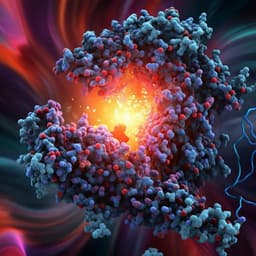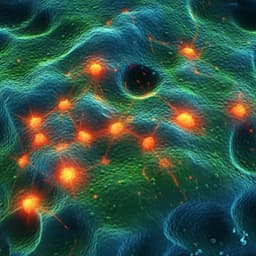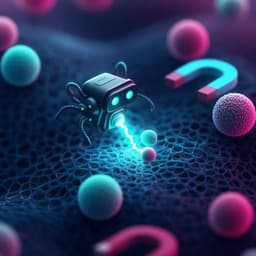
Chemistry
Ultralight crystalline hybrid composite material for highly efficient sequestration of radioiodine
S. Fajal, W. Mandal, et al.
This groundbreaking research by Sahel Fajal, Writakshi Mandal, Arun Torris, Dipanjan Majumder, Sumanta Let, Arunabha Sen, Fayis Kanheerampockil, Mandar M. Shirolkar, and Sujit K. Ghosh reveals an innovative ultralight crystalline hybrid composite aerogel for efficient radioiodine capture. With astounding adsorption capacities and exceptional reusability, this material could redefine how we approach iodine sequestration.
Playback language: English
Related Publications
Explore these studies to deepen your understanding of the subject.







